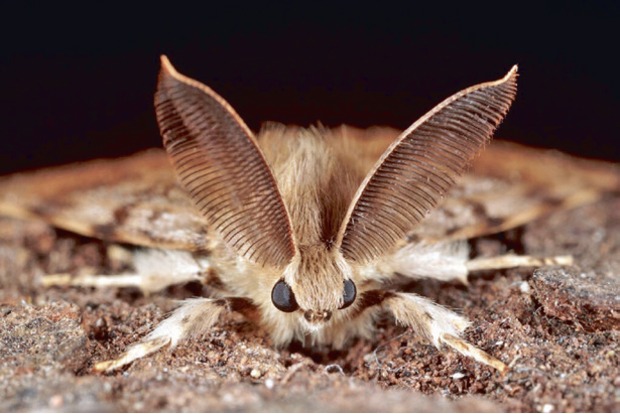Begin typing your search...
Backtracking Lingo: Why scientists refrain from calling this moth by its name
The Entomological Society of America announced it was removing “gypsy moth” and “gypsy ant” as recognised common names for two insects. For Ethel Brooks, a Romani scholar, the move is long overdue.

Chennai
As a child in New Hampshire, Dr. Brooks loved watching worms and caterpillars crawl across her hand. But one particular caterpillar, the hairy larvae of the species Lymantria dispar, terrified her. The larvae would swarm and strip the leaves from a tree, leaving behind so much destruction that people sometimes called them a “plague.” But no one blamed L. dispar. Instead they blamed “gypsy moth caterpillars,” the species’ common name.
“That’s how they see us,” Dr. Brooks remembered thinking as a child. “We eat things and destroy things around us.” Dr. Brooks, now chair of the department of women’s, gender and sexuality studies at Rutgers University in New Jersey, has spoken out against the use of the pejorative in fashion and college parades, she said. But Dr. Brooks never imagined the pejorative could be stricken from its use in the more staid realm of science.
“It’s hideous and super racist and it’s hurtful,” she said. “But what can you do about it?” The move by the Entomological Society is the first time the group has removed a common name from an insect on the grounds that it is offensive to a community of people, according to representatives from the society.
“If people are feeling excluded because of what we call something, that’s not acceptable,” Michelle Smith, the society’s president, said. “We’re going to make changes to be a welcoming and inclusive society for all entomologists.” The news of the renaming came as a welcome surprise to many in the scientific community, with some praising the decision on Twitter. Though each species has a unique binomial scientific name, such as Lymantria dispar, many are better known by their common names. “No one calls a house fly Musca domestica,” said Chris Stelzig, the executive director of the Entomological Society.
In the 20th century, the Entomological Society of America formally recognised a list of approved common names in an effort to standardise what many insect species were called. The society maintains a committee that reviews proposals and makes recommendations for new or revised common names.
The group was aware that the moth Lymantria dispar’s common name was derogatory, and it received its first formal request to remove the moth’s name from its list in 2020, Stelzig said. The proposal went to the common names committee, which proposed revising its policies for acceptable common names. The committee also reached out to Romani scholars including Dr. Brooks, Magda Matache and Victoria Rios to hear their thoughts.
In March, the organisation’s governing board approved those policies. In June, they elected to remove the pejorative names from the moth and the ant species. “They turned the recommendation around really quickly,” Ms. Smith said. In the intervening months, staff at the Entomological Society put together the Better Common Names Project, a task force to review and replace offensive or inappropriate insect common names. The project plans to recruit community-driven working groups to propose new names, involving people who study the insects or are from or live in the region where the insects originated, Stelzig said. The project invites anyone to submit insect common names that should be changed.
Sabrina Imbler is a reporter with NYT©2021
The New York Times
Visit news.dtnext.in to explore our interactive epaper!
Download the DT Next app for more exciting features!
Click here for iOS
Click here for Android
Next Story



